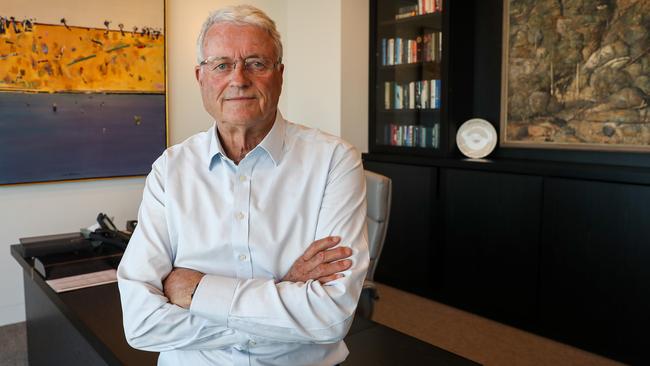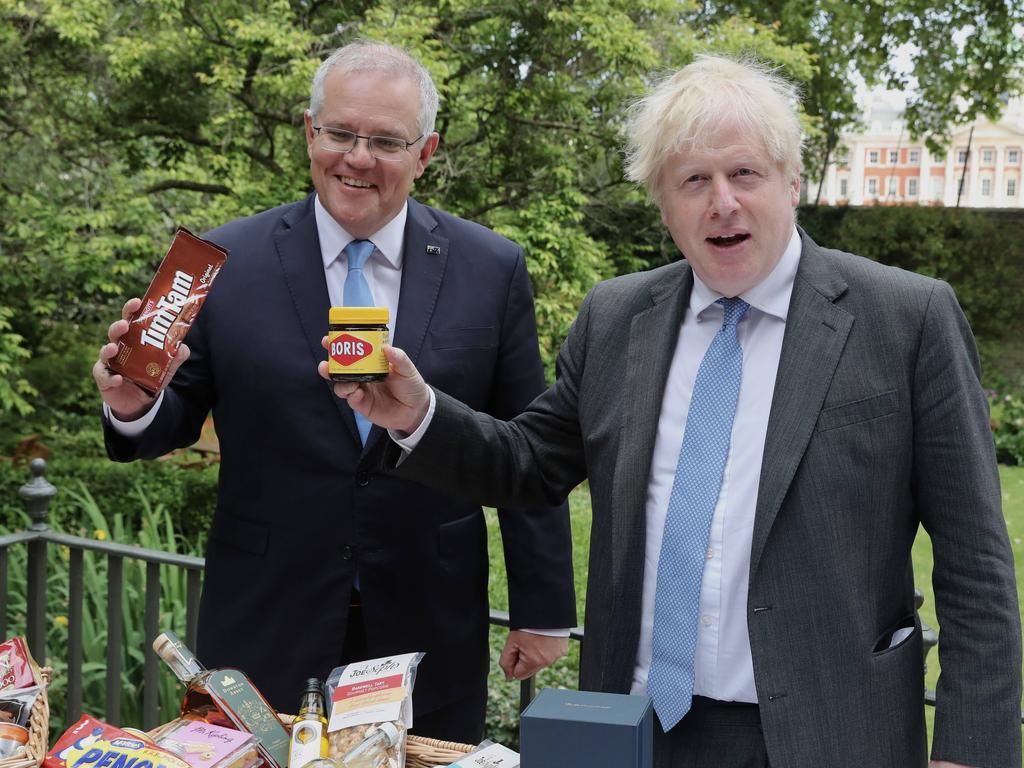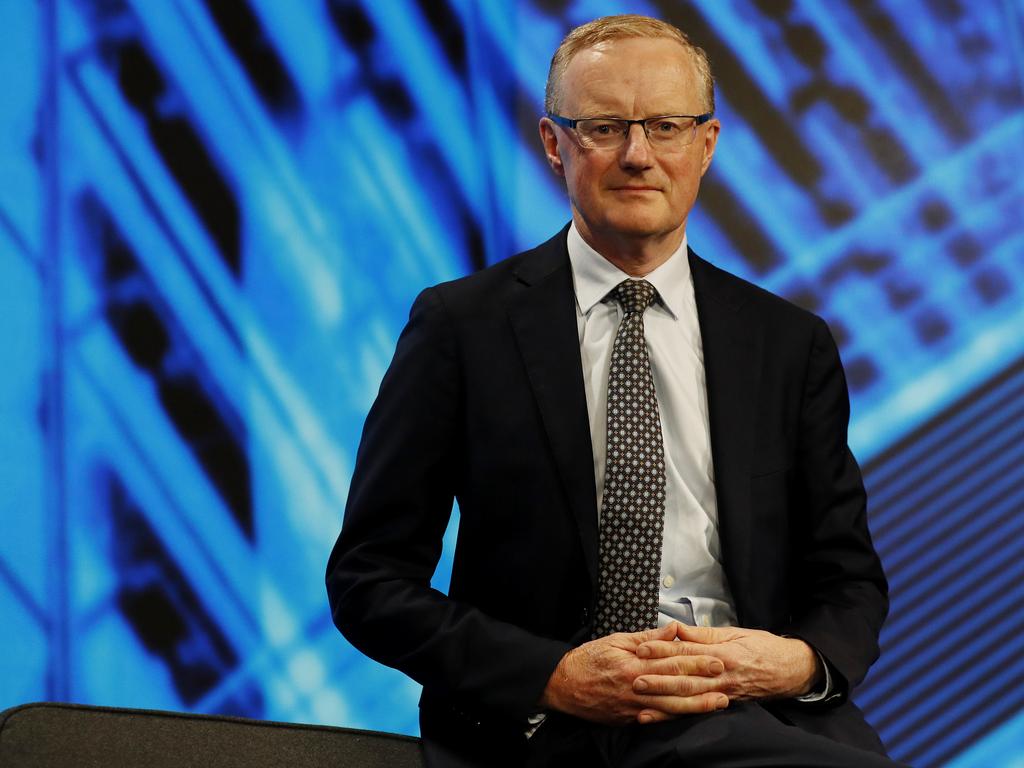RBA tactic risks asset bubbles, warns Wesfarmers chair Michael Chaney
As chairman of Wesfarmers, Michael Chaney is a keen observer of what stimulus and border shutdowns are doing to the economy at large.

As chairman of Wesfarmers, an employer of about 115,000 Australians, Michael Chaney is a keen observer of what stimulus and border shutdowns are doing to the economy at large. There is pretty good growth this year, he tells The Australian, as we emerge from a faster than expected recovery, but that growth will reduce as savings are depleted and the government stops putting stimulus money in people’s pockets.
He thinks the unemployment rate may take a couple of years to come back to 4.5 per cent. For now in this somewhat artificial economy, there is still pent-up demand, given that Australians were spending $38bn a year outside the country.
“Once the borders are open I think consumption will not be as strong as it is today,” he said. “We have already seen that huge jump in consumption in April, May and June last year and now you are not getting the store-on-store growth, for example, in retail outlets that you were getting a year ago. We are tending to look at a two-year store-on-store growth to try and get a proper comparison.”
What Mr Chaney does worry about is asset bubbles and the potential fallout, which he argues could be more of a shock now that the Reserve Bank has changed its approach from forecasting inflation and then reacting to the forecast, to waiting to see what will happen.
“That means that when inflation does occur or wages growth occurs and unemployment is down to where they want it to be, in a sense they will be acting after the fact. They will be acting at the time rather than beforehand and I think that could cause a collapse in asset prices. If in fact you adopted the old strategy, you’d have a more gradual increase in prices and less of an effect,” he said.
Mr Chaney, a former chairman of NAB, is also surprised by the RBA’s signal that it did not expect interest rates to rise until certain targets were achieved – initially inflation back in the 2-3 per cent band and then talking about an unemployment level falling towards 4 per cent.
“People immediately said ‘oh well that means that rates will stay low until 2024’.
“That would certainly be the implication.
“ I was surprised to hear it, because forecasting interest rates has never been possible. And if you are a student of forecasts and outcomes, as I have been for 30 years, you know that all forecasts of interest rates should not be relied on,” he said.
“Now the Reserve Bank obviously has more influence here than a bank economist but the danger is that people go out and borrow with their ears pinned back and you get asset price bubbles.”
Last Thursday, new figures revealed the jobless rate in Australia had fallen to its pre-pandemic level of 5.1 per cent. And later that night, at the policy-making Federal Open Markets Committee in the US, officials indicated that rate hikes could be brought forward, with raised expectation for inflation this year. The dot plots of individual member expectations signal two hikes in 2023.
Mr Chaney has a more nuanced take on inflation both here and in the US.
“While the Fed might be foreshadowing an earlier rise, I wouldn’t count on it,” he said.
“They may well be just trying to hose down asset price rises but still thinking it’s a reasonable chance that rates would actually stay low.
“No one actually knows.
“It is easy to think that because market bond rates went up a few months ago and we are seeing cost price pressures everywhere in the economy that inflation is about to hit us,” he added. “But in fact bond rates have come down in the last little while. I think that indicates that the market believes that this inflation we are now seeing in the US is not a permanent feature. It is really a capital inflation in construction and so on. In services we are not seeing that coming through at all and it may well be that inflation eases off again in the US over the next year. And I think that’s what the markets are saying.
“And in that event we might find that inflation does stay low for a few years and it takes a few years for unemployment to come down and we do have low interest rates until 2024. All I’d say is, I wouldn’t count on it.”







To join the conversation, please log in. Don't have an account? Register
Join the conversation, you are commenting as Logout